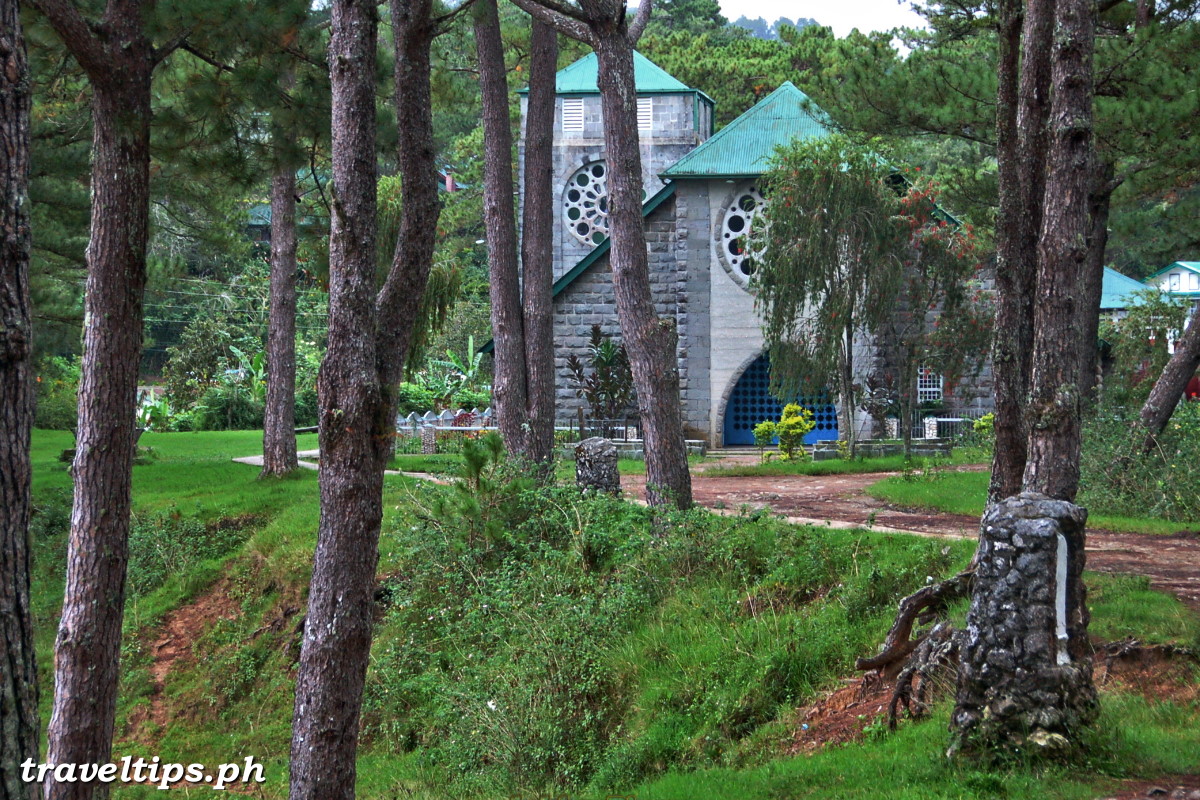|
The Cordillera Administrative Region (Car) is a distinctive destination filled with cultural and natural marvels that appeal to all types of travelers, making it a remarkable place for exploration and adventure.
| The Episcopal Church of St. Mary's at the Anglican Mission Compound, Sagada |
 |
Photography: Reynald Nuñez Source: traveltips.ph
|
Occupying the mid-northern section of Luzon, the region derives its name from the Cordilleras, a vast and extensive mountain range that dominates its landscape.
Often referred to simply as the Cordilleras, CAR is the sole landlocked region in the Philippines, known for its majestic mountains that serve as a home to a variety of indigenous cultures, which visitors will find fascinating for their distinct traditions, spiritual beliefs, and profound connection to the land.
CAR comprises six provinces: Abra, Apayao, Benguet, Ifugao, Kalinga, and Mountain Province, each offering their own unique attractions.
- Abra is known for its weaving, natural caves, and the scenic Abra River.
- Apayao is famous for its pristine forests, waterfalls, and the Isneg tribe’s culture.
- Benguet is home to the region’s capital, Baguio City, and the highest peak in Luzon, Mount Pulag.
- Ifugao is celebrated for the iconic Banaue Rice Terraces, a UNESCO World Heritage Site.
- Kalinga offers adventure tourism, particularly white-water rafting on the Chico River.
- Mountain Province features the mystical hanging coffins of Sagada and the terraces of Maligcong.
Major attractions include:
- The Banaue Rice Terraces in Ifugao, often referred to as the “Eighth Wonder of the World”, are ancient terraces that were ingenuously hand-carved from the mountains by the Ifugao people over 2,000 years ago. The nearby terraces of Batad are equally stunning and are best reached by trekking.
- Sagada in Mountain Province is renowned for its distinctive burial customs, where coffins are suspended from limestone cliffs. Visitors can also delve into spelunking Sumaguing and Lumiang Caves, or hike to Mount Kiltepan and Marlboro Hills, which are famous for their spectacular sunrise vistas.
- Mount Pulag in Benguet ranks as the third-highest mountain in the Philippines, a popular trekking destination where hikers can likewise experience the magnificent “sea of clouds” at dawn.
- Baguio City, known as the “Summer Capital of the Philippines”, provides a cooler climate along with various attractions such as Burnham Park, Mines View Park, and the BenCab Museum. The Northern Blossom Flower Farm in Atok, also in Benguet, showcases a stunning display of flowers against a mountainous backdrop.
- The Igorot Stone Kingdom and Tam-Awan Village in Baguio allow visitors to explore indigenous architecture, crafts, and cultural heritage.
- The Chico River in Kalinga offers adventurous travelers an exciting and enjoyable white-water rafting experience on this legendary river.
- The Abra River Wildlife Sanctuary is a must-visit destination for nature lovers, nestled in the lush green terrain of the Abra River basin, home to an incredible variety of local flora and fauna.
- Kaparkan Falls in Bangued, also in Abra, is a multi-tiered, natural waterfalls offering serene swimming and trekking opportunities, especially during the rainy season.
The Cordilleras serve as the ancestral domain of various indigenous groups, including the Ifugao, Kalinga, Bontoc, and Ibaloy, who are collectively known as the Igorot. Their rich traditions, which have been preserved through oral history and rituals, play a central role in the travel experience.
Cultural festivals are a significant part of Cordilleran life. The Panagbenga Festival celebrates the flowers of Baguio, while other celebrations like the Gotad ad Ifugao emphasize tribal unity and cultural heritage. The Kalinga Bodong Festival and the Lang-ay Festival in Mountain Province celebrate local culture and traditions.
Throughout the region, visitors can discover intricate handwoven fabrics, wooden carvings, and various traditional crafts skillfully created by talented artisans.
No visit to the Cordilleras would be complete without sampling local cuisine. This includes pinikpikan (a traditional chicken dish), etag (smoked and cured pork), and tapuy (rice wine).
In summary, the Cordilleras offer a compelling fusion of nature, adventure, history, and culture, making it an ideal destination for an immersive travel experience.
|